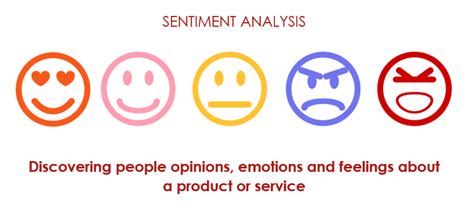- سبدخرید خالی است.
- ادامه خرید
Market Sentiment And Its Influence On Price Action
The effect of feelings in the cryptocurrency market: understanding the price of the price

The world of crypto currency has been experiencing a meteoric increase in recent years, and prices have grown sharply to unprecedented levels. However, below the surface lies a complex system of market feelings and its direct impact on the price of prices. In this article, we will break into the dynamics of the cryptocurrency market, exploring that feelings play a significant role in shaping the price movement.
What is a market feeling?
The market mood refers to a collective attitude or opinion that investors hold on a particular class of assets, markets or economic trend. It covers various factors, including confidence, emotions and expectations of investors. In the context of the cryptocurrency market, a combination of psychological and emotional triggers can affect the feeling.
Types of market feelings
There are several types of market feelings that contribute to the prices in the cryptocurrency markets:
- Fear and greed : These two fundamental emotions trigger market behavior. Fear is triggered by concern due to the volatility of the market, regulatory uncertainty or negative news, while greed encourages speculation and potential for fast profit.
- Advisory feeling : This type of feeling includes the opinions of experts, institutions and well -known figures in the cryptocurrency area.
- Institutional feeling : This feeling covers the attitudes of major financial institutions, such as banks, exchange and investment companies.
How the market mood affects the price of the price
When feelings on the market are significantly moving, it can lead to significant prices in the cryptocurrency markets. Here are some ways in which feelings affect the price action:
- Increased purchase pressure : When investors become optimistic in the future cryptic currency, they tend to increase the purchase of purchases, increasing prices.
- Selling signals : The opposite of this, when the feelings become negative, investors can sell their positions, leading to a fall in prices.
- Market volatility : sharp changes in feelings can lead to increased volatility in the market, as traders quickly respond to unexpected news or events.
- Regulatory uncertainty : changes in regulatory environments may significantly affect the mood of investors and, after that, prices for the crypto currency.
Factors that affect the mood of the market
Several factors contribute to the dynamic nature of market feelings:
- News and events : breakthroughs in technology, innovation or policy decisions may encourage significant changes in investors’ attitudes.
- Social Media and Internet Communities : Social Media Platforms and Internet Forums provide a platoon to the merchants to share their opinion, influencing the overall feelings.
3
- Institutional investments : large institutional investors, such as pension funds or family offices, have a significant impact on the mood of the market.
Case Studies: Sentiment of the cryptocurrency market
Several notable movements prices of cryptocurrencies offer insight into the dynamics of market feelings:
- Bitcoin (BTC) : 2017. Taurus and subsequent fall highlighted the volatility of market feelings in Bitcoin.
- Ethereum (ETH) : Bear market 2020. It exposed weaknesses in the confidence of investors, which led to a significant drop in price.
- Ripple (XRP)
: The price of the XRP price for 2018 started a bull’s mood from institutional investors and large merchants.
Conclusion
The cryptocurrency markets are unstable, and prices are influenced by complex factors interactions, including the mood of the market. As investors’ attitudes change, so does the price dynamics price in these markets.
